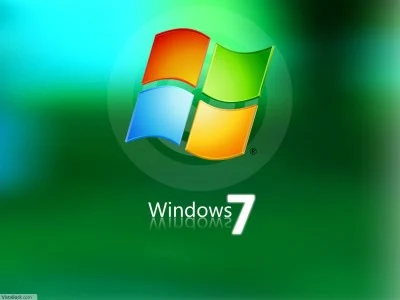
Author: Smith Solace
Press this key
To do this
F1
Display Help
Ctrl+C
Copy the selected item
Ctrl+X
Cut the selected item
Ctrl+V
Paste the selected item
Ctrl+Z
Undo an action
Ctrl+Y
Redo an action
Delete
Delete the selected item and move it to the Recycle Bin
Shift+Delete
Delete the selected item without moving it to the Recycle Bin first
F2
Rename the selected item
Ctrl+Right Arrow
Move the cursor to the beginning of the next word
Ctrl+Left Arrow
Move the cursor to the beginning of the previous word
Ctrl+Down Arrow
Move the cursor to the beginning of the next paragraph
Ctrl+Up Arrow
Move the cursor to the beginning of the previous paragraph
Ctrl+Shift with an arrow key
Select a block of text
Shift with any arrow key
Select more than one item in a window or on the desktop, or select text within a document
Ctrl with any arrow key+Spacebar
Select multiple individual items in a window or on the desktop
Ctrl+A
Select all items in a document or window
F3
Search for a file or folder
Alt+Enter
Display properties for the selected item
Alt+F4
Close the active item, or exit the active program
Alt+Spacebar
Open the shortcut menu for the active window
Ctrl+F4
Close the active document (in programs that allow you to have multiple documents open simultaneously)
Alt+Tab
Switch between open items
Ctrl+Alt+Tab
Use the arrow keys to switch between open items
Ctrl+Mouse scroll wheel
Change the size of icons on the desktop
Windows logo key +Tab
Cycle through programs on the taskbar by using Aero Flip 3-D
Ctrl+Windows logo key +Tab
Use the arrow keys to cycle through programs on the taskbar by using Aero Flip 3-D
Alt+Esc
Cycle through items in the order in which they were opened
F6
Cycle through screen elements in a window or on the desktop
F4
Display the address bar list in Windows Explorer
Shift+F10
Display the shortcut menu for the selected item
Ctrl+Esc
Open the Start menu
Alt+underlined letter
Display the corresponding menu
Alt+underlined letter
Perform the menu command (or other underlined command)
F10
Activate the menu bar in the active program
Right Arrow
Open the next menu to the right, or open a submenu
Left Arrow
Open the next menu to the left, or close a submenu
F5
Refresh the active window
Alt+Up Arrow
View the folder one level up in Windows Explorer
Esc
Cancel the current task
Ctrl+Shift+Esc
Open Task Manager
Shift when you insert a CD
Prevent the CD from automatically playing
windows dialog box short cuts
Ctrl+Tab
Move forward through tabs
Ctrl+Shift+Tab
Move back through tabs
Tab
Move forward through options
Shift+Tab
Move back through options
Alt+underlined letter
Perform the command (or select the option) that goes with that letter
Enter
Replaces clicking the mouse for many selected commands
Spacebar
Select or clear the check box if the active option is a check box
Arrow keys
Select a button if the active option is a group of option buttons
F1
Display Help
F4
Display the items in the active list
Backspace
Open a folder one level up if a folder is selected in the Save As or Open dialog box
Windows Explorer shortcuts
Ctrl+Tab
Move forward through tabs
Ctrl+Shift+Tab
Move back through tabs
Tab
Move forward through options
Shift+Tab
Move back through options
Alt+underlined letter
Perform the command (or select the option) that goes with that letter
Enter
Replaces clicking the mouse for many selected commands
Spacebar
Select or clear the check box if the active option is a check box
Arrow keys
Select a button if the active option is a group of option buttons
F1
Display Help
F4
Display the items in the active list
Backspace
Open a folder one level up if a folder is selected in the Save As or Open dialog box
Ctrl+N
Open a new window
Ctrl+Shift+N
Create a new folder
End
Display the bottom of the active window
Home
Display the top of the active window
F11
Maximize or minimize the active window
Num Lock+Asterisk (*) on numeric keypad
Display all subfolders under the selected folder
Num Lock+Plus Sign (+) on numeric keypad
Display the contents of the selected folder
Num Lock+Minus Sign (-) on numeric keypad
Collapse the selected folder
Left Arrow
Collapse the current selection (if it's expanded), or select the parent folder
Alt+Enter
Open the Properties dialog box for the selected item
Alt+P
Display the preview pane
Alt+Left Arrow
View the previous folder
Right Arrow
Display the current selection (if it's collapsed), or select the first subfolder
Alt+Right Arrow
View the next folder
Alt+Up Arrow
View the parent folder
Ctrl+Mouse scroll wheel
Change the size and appearance of file and folder icons
Alt+D
Select the address bar
Ctrl+E
Select the search box
0 comments:
Post a Comment